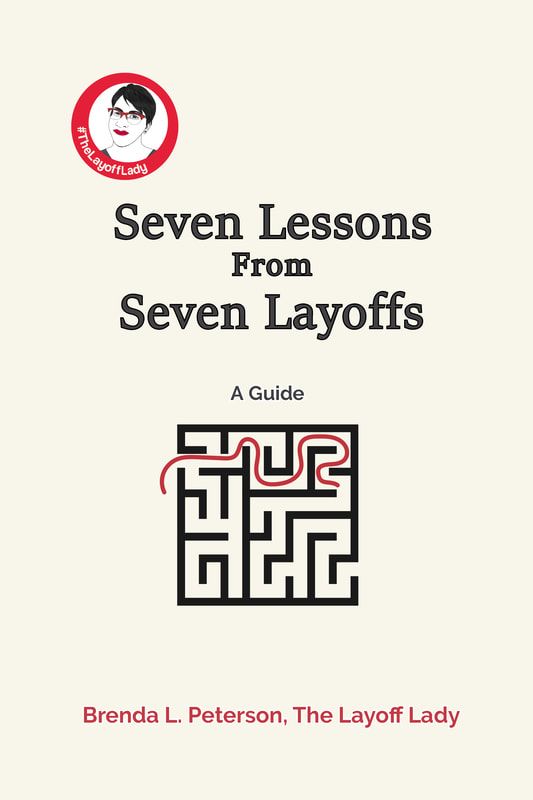|
By Brenda L. Peterson, The Layoff Lady You Can't Do It AllDuring your job search, there are always a ton of things you could be doing. Unfortunately, there is not enough time to do everything you could possibly do. Therefore, it’s crucial to manage your time. This helps make sure you are doing the highest value activities that will get you closer to your goal of landing a new job. Let's look at a few helpful strategies. Saying NoOne of the best time management strategies is the simple act of saying no. When you’re in between paid jobs, people may go out of their way to find ways to occupy “all that free time” you have. Being raised to be a nice, pleasant human being, I have a long history of saying yes to things I shouldn’t have. While saying no can be difficult, in your role as the CEO of You, it’s your job to prioritize your time wisely to help you achieve your goals. You might want to say no to doing extra volunteer work for your child’s school, church, or favorite charitable cause. You might want to skip helping someone landscape their yard, paint their house, or move. You might want to refrain from attending an additional school play, driving an extra carpool shift, or chaperoning one more event. In short, you get to spend your time in whatever activities bring you joy and/or get you closer to finding a new job. Ensure you align your time with your goals and do not take on additional tasks out of a sense of guilt, obligation, or good old-fashion task avoidance. Creating Your ScheduleOne benefit of working for someone else (aside from, you know, the whole getting paid thing) is that it gives your life structure. When you’re in career transition, making yourself some kind of schedule is valuable. It doesn’t have to be rigid or rigorous. Having more structure is helpful when you’re struggling. Systems help because they give you some idea of what to do with yourself if and when your plans change. Even if you don’t follow your schedule to the letter, having structure around your time can help address your need for order and give you a sense of accomplishment. Blocking Off TimeIf I have a blank calendar, I have difficulty accomplishing anything because I have too little structure. Conversely, if I overschedule myself, I will be frustrated because I have too much structure. Blocking off time for dedicated activities is how I balance the two extremes. During these time blocks, which are usually 1-2 hours long (for me), I focus on the task at hand. For example, during this time, I might search for new open positions, customize my resume for a certain role, or write a few thank you messages. Making an appointment with myself helps me get things done. I also block out time for fun activities. Whether when the roller skating rink is open, when my coffee group is meeting, or an hour to walk on a nice day, blocking off time helps me prioritize activities that bring me joy. Batching WorkThere are some things that I need to do multiple times in a day or a week or similar tasks that go well together. Work batching is a way to help increase your efficiency with these types of tasks. Here are a few examples of the kind of work I batch:
Grouping tasks tends to improve efficiency and boost productivity. Setting a TimerMost people’s productivity decreases the longer they work on the same task. One way to use your time more consciously is by using a timer. For example, I set a timer for 50 minutes, then take a 10-minute break. This way, I have a set time to focus, but I also know it won’t last forever. In addition, if I’m spinning on a task and not accomplishing anything, taking that 10-minute break usually gets me out of that thought trap. During the 10-minute break, I switch gears. I stand up, stretch, or take a few deep breaths. Sometimes, I’ll even do a quick beta task, like folding towels, before returning to my alpha work. When my timer goes off and my break ends, I begin again. Breaks can work wonders to stop you from spiraling by helping you re-engage with a given task. Learn More
0 Comments
Your comment will be posted after it is approved.
Leave a Reply. |

Just get laid off?
Click here for info on what to do first. Author7-time layoff survivor Brenda L. Peterson, The Layoff Lady, waxes poetic on layoffs, job transitions, & career resilience. Buy The Book!Were you recently laid off from your job and need a roadmap for what's next? Pick up a copy of my book, Seven Lessons From Seven Layoffs: A Guide!
Categories
All
Archives
July 2024
|




